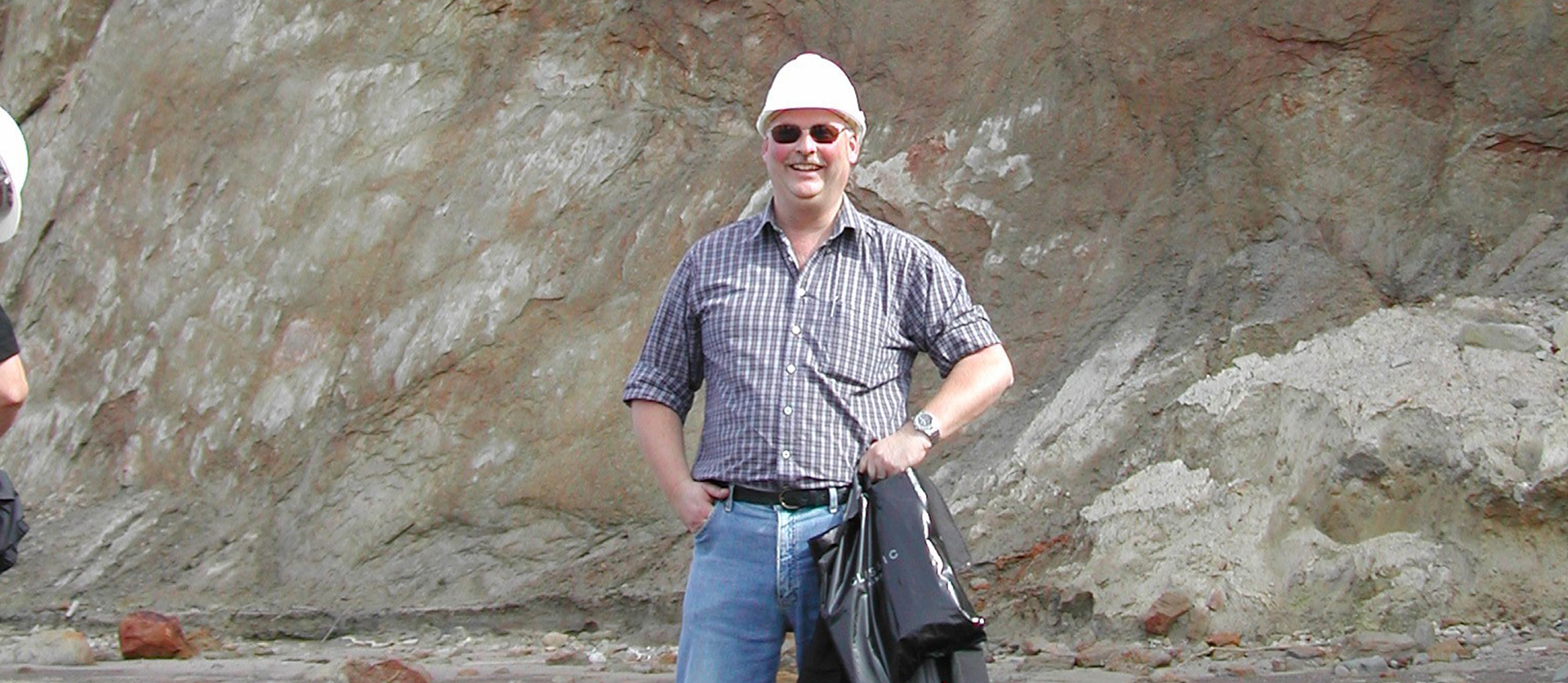
We have covered onshore, offshore, deep water, sub-arctic regions of the world. Our experience ranges from Safety and Well Integrity to Production Technology; from Well, Reservoir and Facility Management and Production Optimisation to Field Development Planning; from Integrated Sand Management to Full Field Water Flooding or Water Injection; from running Produce the Limit Peer Assists to other reviews, Healthchecks and audits; from training and development to coaching and leadership. In addition, MGC also covers specific topics like Artificial Lift, Completion Design, Downhole Sand Control, Stimulation and Shut-Off, Production Chemistry, Flow Assurance and other useful technical things to run an oil or gas field.
Mike Gunningham, the Founder, General Manager and Principal Production Technologist is a well travelled individual with a huge range of colourful ties. Technically, he started life by studying Chemical Engineering at Bradford University in West Yorkshire, before completing a Masters in Petroleum Engineering at Imperial College, London.
He spent 26 years working for Shell across the globe and then 6 years for Maersk Oil Qatar, maximising production and recovery from the huge Al Shaheen oilfield. Mike is a widower, with no children or pets. He likes to travel to hot tropical islands, as well as being a passionate BBQer and cook. If he relaxes, then it’s visiting museums, concerts and occasionally reading a book. For safety reasons, he avoids sport and only takes light exercise.
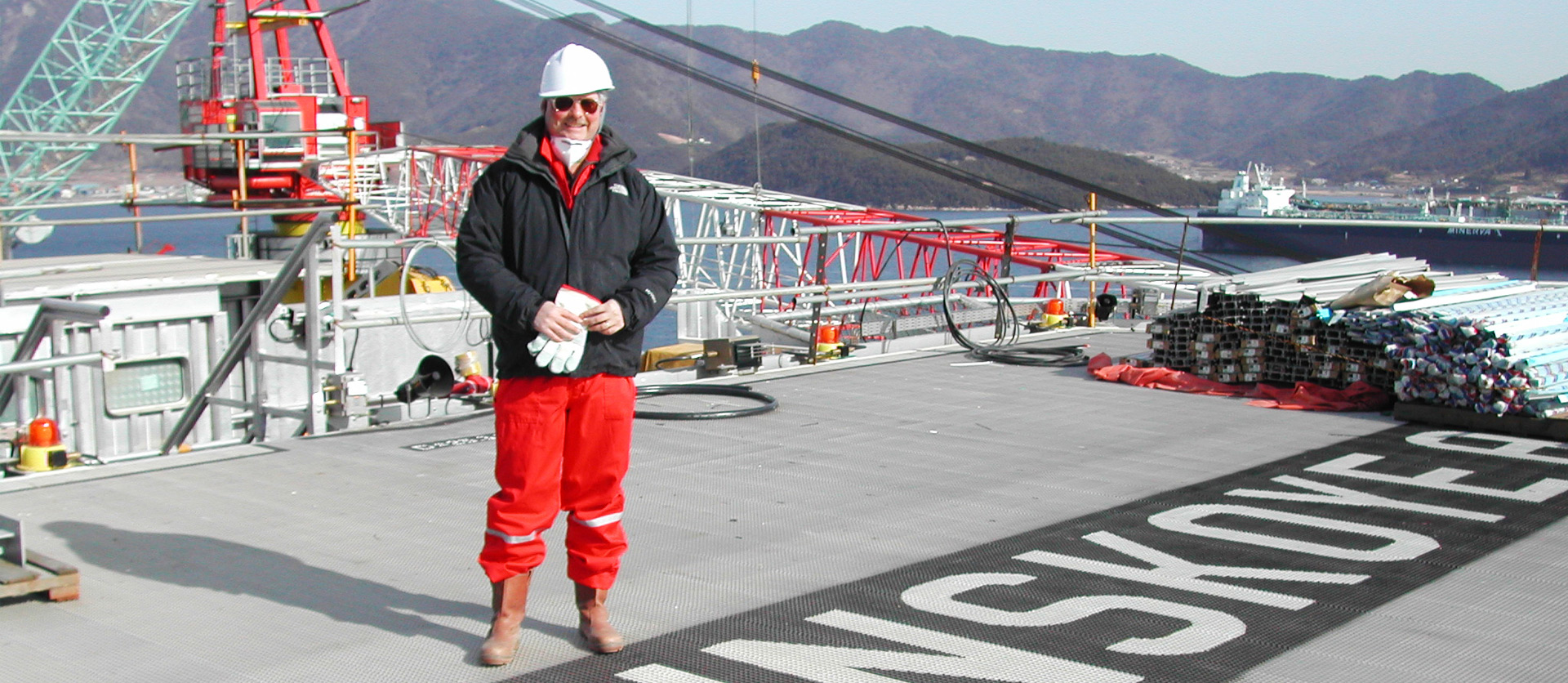
In 2009-10, Mike Gunningham was selected as a Society of Petroleum Engineers Distinguished Lecturer, presenting “Lunskoye Big Bore Gas Wells - Maximising Gas, Minimising Sand”. He went to 20 locations around the world to deliver this presentation.
The Lunskoye gas field development is a part of the Sakhalin Phase II project. The gas from Lunskoye will provide the majority of the Sakhalin LNG plant capacity with 1800 MMscf/d for plateau production. The 1st six wells, which will initially feed this LNG plant, are expected to produce 300 MMscf/d per well.
This presentation will look at how the sand face completion design has impacted the project. Developments with Shell’s Fully Integrated Sand Failure Prediction Tool enabled the sand volumes to be quantified and used for the first time during completion selection in Shell. The results predicted that unmanageable sand volumes would occur upon start-up, for open hole completions with pre-drilled liners (PDL).
This led to a revision of the sandface completion concept from PDL to cased and selectively perforated liner (C&P). A sand management strategy was developed, where the weakest zones are not perforated. Further studies from the exploration and appraisal wells indicated that, less than 10% of the net reservoir should be left un-perforated. The possibility of lower well productivities, resulting from C&P completion was assessed using inflow models. The resultant lower well deliverability has been more than compensated for, by deviating wells from near vertical to 55º through the reservoir and maximising the tubing size to a 9.5/8” monobore design. Well potentials are now over 500 MMscf/d, although they will be beaned back due to surface constraints.
With the selected completion minor amounts of produced sand are expected for C&P completions during the first 15-20 years of field-life, beyond which manageable amounts of transient sand are expected for remaining production lifetime. A sand management plan has been developed, to ensure the facilities and personnel are prepared and able to manage sand, in these high rate gas wells.
At the end of this presentation, you will see that cased and perforated completions are a sound form of sand control completion, optimizing production and minimizing risk.
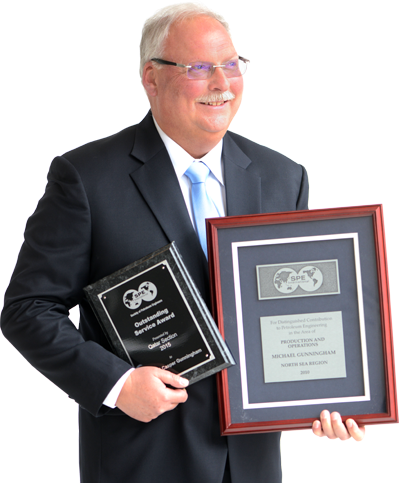
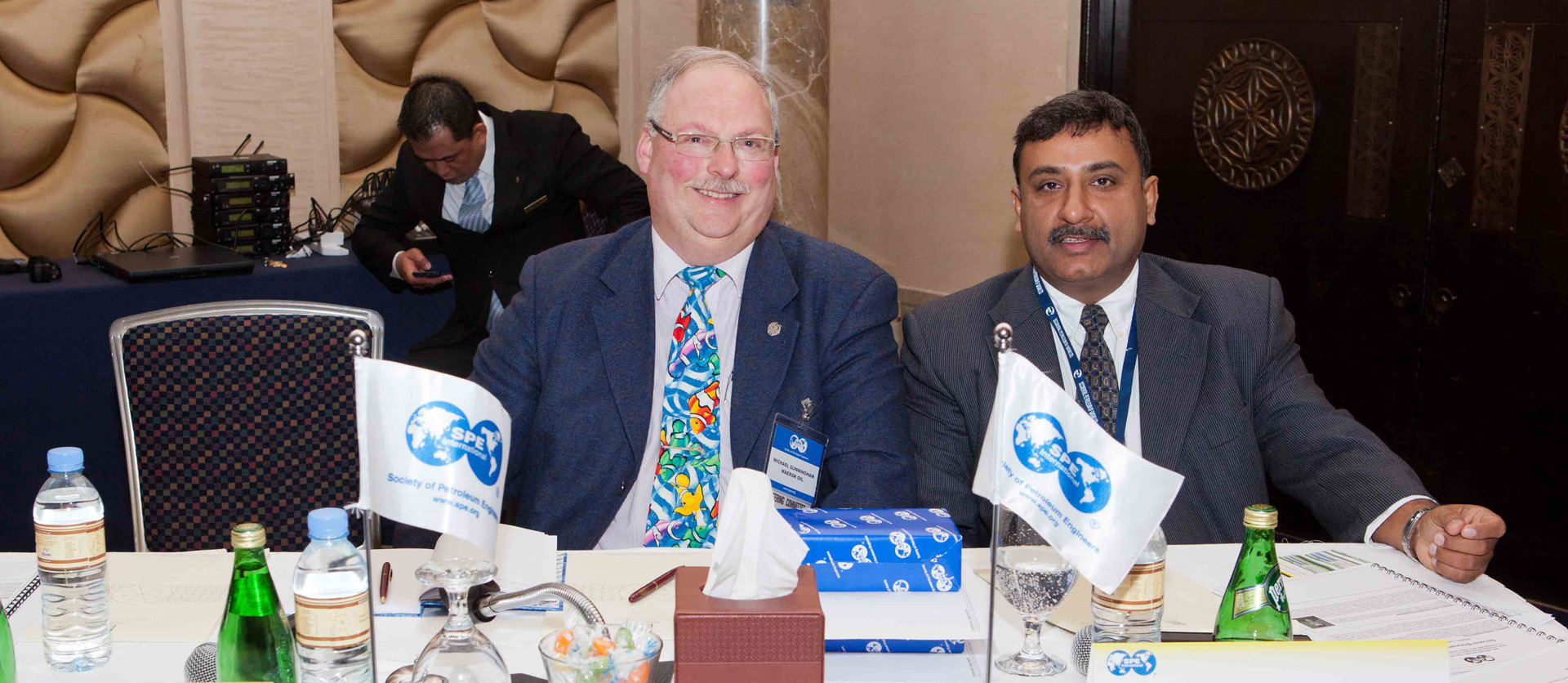
Over the years, Mike Gunningham has co-authored a number of publications and papers, which can be found in the Society of Petroleum Engineers One-Petro catalogue (www.onepetro.org). They cover a wide range of topics from downhole sand control to coiled tubing drilling, Sand Management and New Technology in the Sakhalin 2 Project, to Back Flowing of Injection Wells and Advanced Well Performance Analysis on the Al Shaheen Field.
Below we give the abstract for each paper. If you are interested in the full paper, then you will need to download it from www.onepetro.org.

This event is an interactive discussion on overcoming challenges in the future of the oil and gas business, whether they are business related or technology focused. We start by asking - what will be the price of oil? In this discussion we will see whether the price can be predicted and does it have any impact of the future of the oil and gas business.
As engineers, we can ask ourselves – can we influence the price of oil? If not the oil price, what can we influence? In order to answer these questions, we need to look at how the future of oil and gas looks like in terms of the technology that we need. Oil and gas will still be required at roughly the same levels as now, for the next 30+ years.
Mike presents a personal approach to what kind of technologies will impact the business from the reservoir, through wells, how oil and gas processing can be revolutionised and what kind of people and processes we might be using. He also looks at how the oil and gas fields in the future could be operated, so that it doesn’t matter what the price of oil is, we can still make money from oil and gas in a safe, sustainable and cost effective manner. We will continue to follow the Well, Reservoir and Facility Management Value Loop, except we will have to deliver the barrels more efficiently, with lower costs. We will need skills, technology and expertise that are currently available, but not necessarily found in the oil industry at the moment, including nano-particles, 3D Printing, multi-purpose wells, downhole processing, downhole robotics, artificial intelligence and collaborative working. The new generation of oil people may start life as petroleum engineers, but they will need to develop a range of additional skills. Alternatively, new staff from outside the industry will join and have to adapt to petroleum engineering. The question is, what are you going to do about the future of oil and gas?
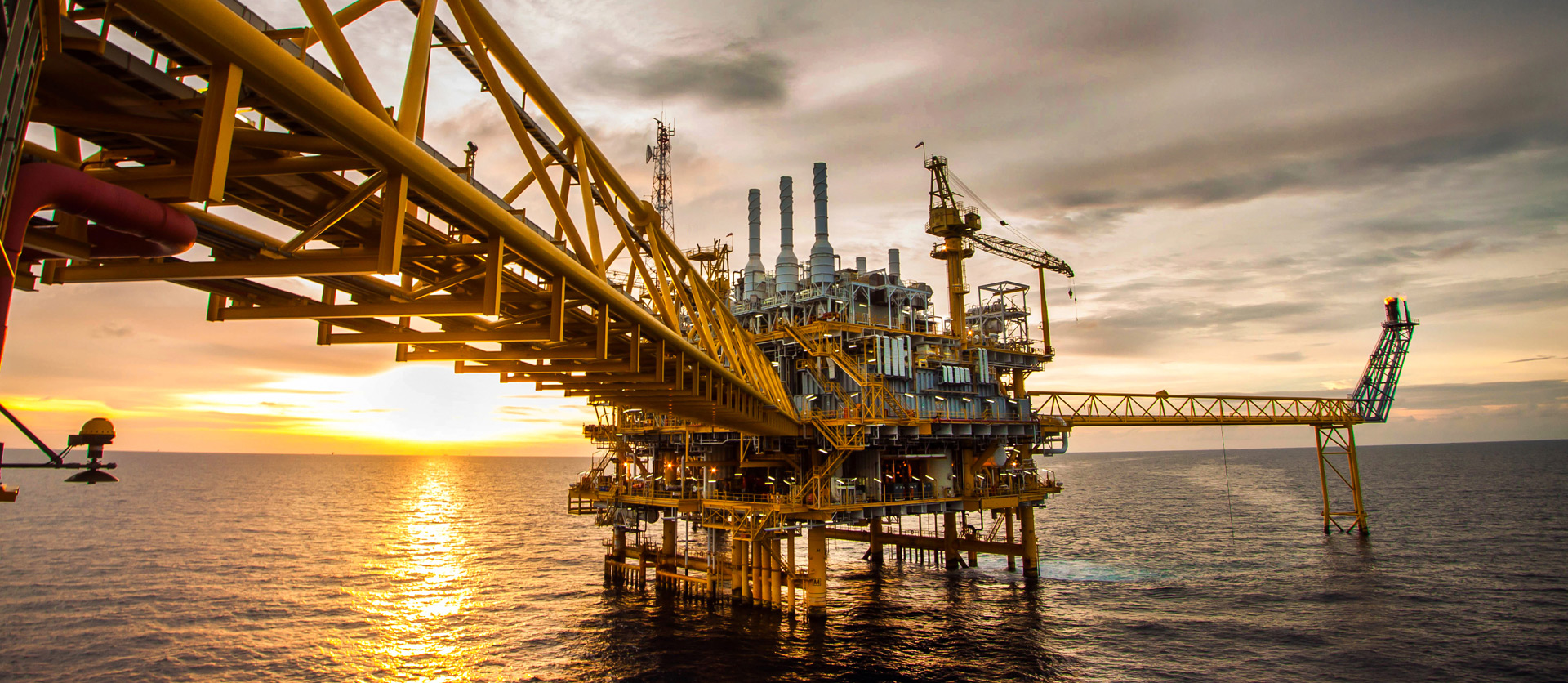
MGC has extensive experience around the world on a wide range of topics.
Their projects include:

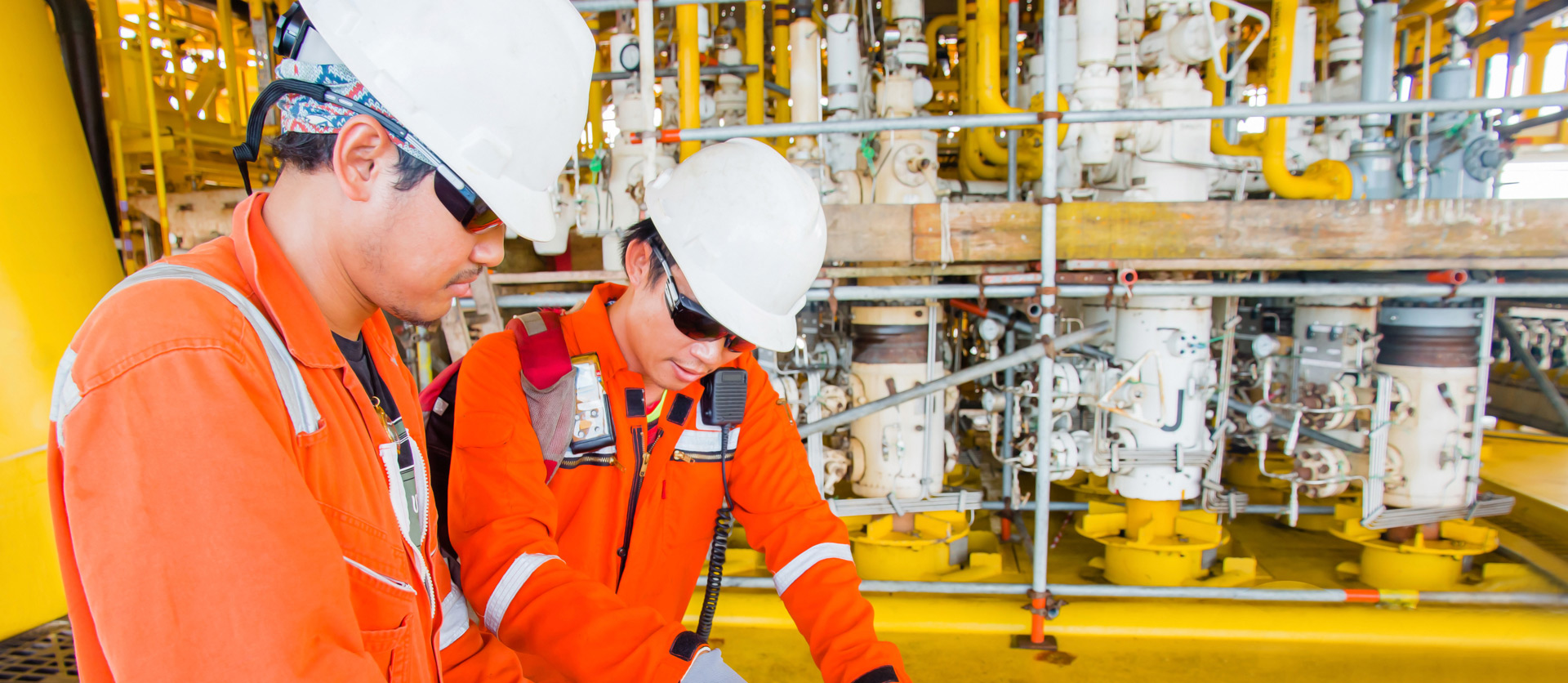
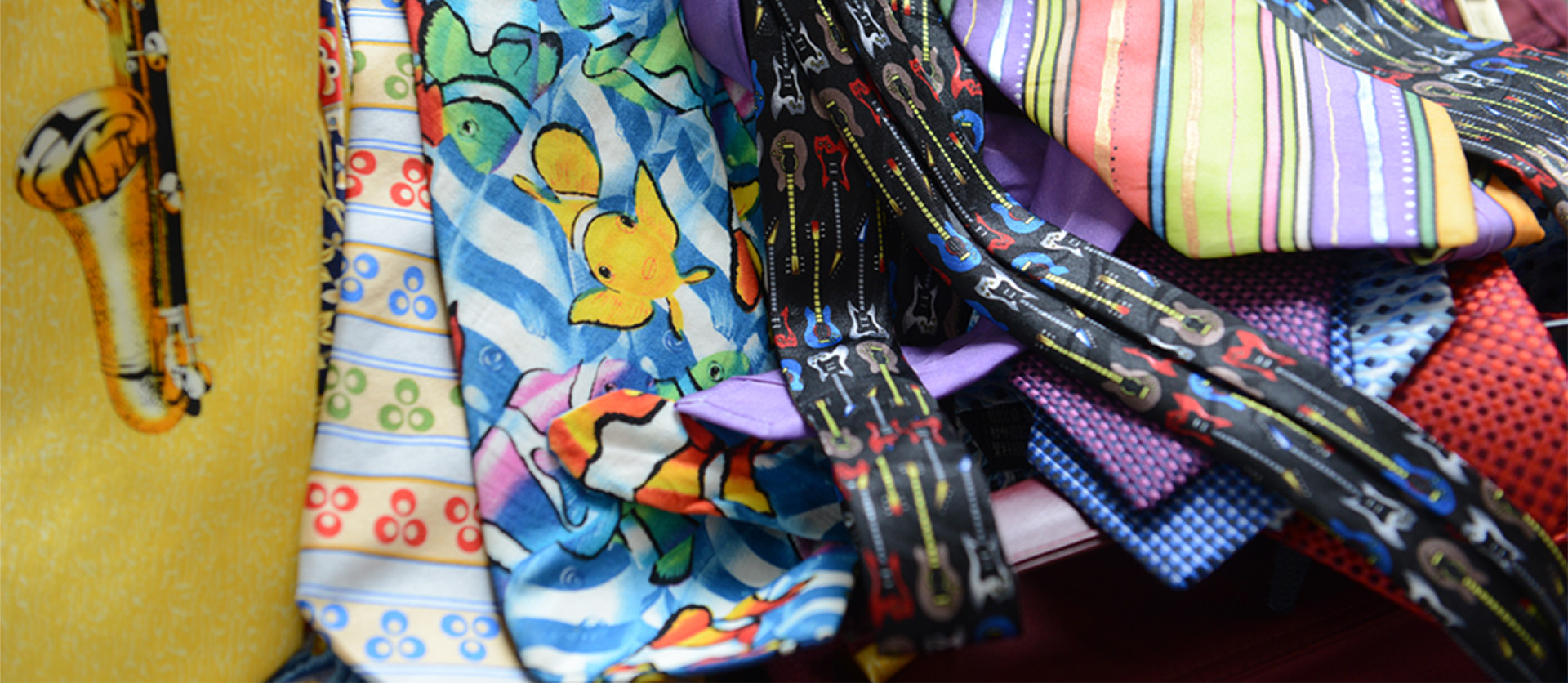
Mike Gunningham started work with Shell in 1985. In those days, it was expected and in some cases demanded, that men turn up for work wearing a jacket and tie. Later when Mike joined Maersk Oil, Mr Moller-Maersk, who was also a traditionalist insisted that his staff were “properly dressed”. Sometimes, he would be at the front entrance at headoffice in Copenhagen and stop people coming into the office, if they didn’t have their jacket and tie on. So for most of Mike’s career, he has been wearing a jacket and tie, in office jobs and especially at the Learning Centre. When you go on a training course, it’s sometimes difficult to know who’s in charge, if everyone is in casual dress. So Mike always had a tie on, so you knew who was in charge. This technique works extremely well in hotels and you get better and quicker service from hotel staff, if you look the managerial type.
Over the years, the MGC Tie Collection has grown with contributions from around the world. Sometimes there were even gifts from grateful colleagues and students. We have made a small selection of ties, together the stories and anecdotes that go with them. Feel free to contact Mike if you have your own tie stories.
Safety Note. We never wear ties in the field, in a workshop or near a shredder, as there is a risk that the tie gets trapped in rotating equipment. British policemen have clip-on ties, so if anyone grabs them by the tie, the tie springs free rather than the policeman getting strangled.
P.S. The more official history of the tie can be found at https://en.wikipedia.org/wiki/Necktie. There is also an interesting article from the BBC on the psychology of tie colours (yes – there is one): http://www.bbc.com/capital/story/20140827-the-psychology-of-tie-colours
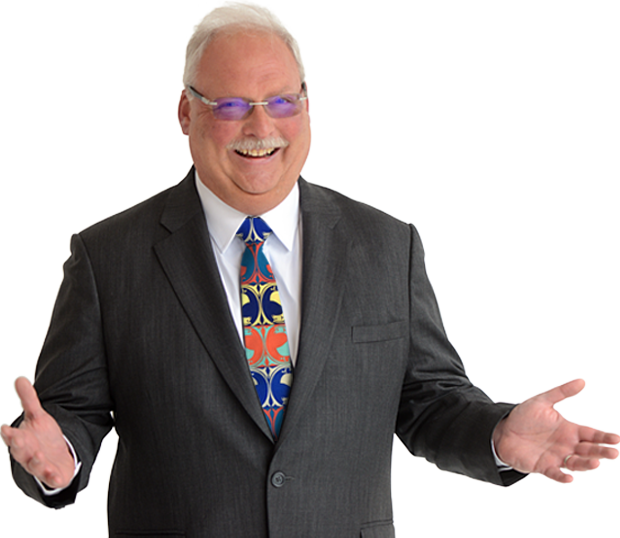




















Al Shaheen, Qatar
This tie is from the Museum of Islamic Art (MIA), Doha, Qatar. Mike spent 6 years working on the massive Al Shaheen Oilfield, offshore Qatar. Maersk Oil Qatar was the operator at that time and we always focussed on how we could support the State of Qatar and developing the Qatari staff. Our Qatarisation Programme helped many young Qataris on their career journey in the oil and gas industry. Mike coached and mentored many Qataris and to demonstrate his commitment to local culture he wore many ties from the Museum of Islamic Art. Each tie's original design comes from fabric of 15th/16th century Persian design, which can be found in the MIA.
Dress Down Thursday or Friday – Finding Nemo
Over the years, most companies have had a more relaxed dress code for the office. When Mike was working for Maersk Oil, over the last few years, a HR memo announced that on Thursday (Qatar) or Friday (Denmark), there was an opportunity to dress down – rather than wear the normal jacket and tie, that was expected during the week. A lot of staff turned up on the dress down day with jeans and a tee shirt. However, Mike firstly doesn't read HR memos and secondly wasn't going to let standards slip after 30 years in the oil and gas business. However, he would relax his style of tie and this example is from Aruba – Finding Nemo. Another favourite for dress down days was the Fish Collection and the Parrot.
Hand Painted Tie from the UK
This tie was a gift from a grateful MITAS (Maersk International Technology and Science) graduate. This programme, which new graduates to Maersk Oil followed, consists of a number of training courses and three 8-month assignments, in different positions at alternative Maersk Oil business units. Mike routinely had a number of these MITAS graduates in his team, as they were highly talented and motivated individuals, who were also highly productive. The individuals were given challenging projects, under Mike's supervision and basically the freedom to get on with it. The MITAS staff had to establish their own scope of work, with approval of course, and then carry out the work with help from people in the organisation. One of them was so grateful, that they gave Mike this tie as a token of appreciation, a hand painted tie from the UK.
Guitar Tie from New Orleans, USA
Mike has had many trips to New Orleans to lead and facilitate Produce the Limit (PTL) Peer Assists on Shell's oil and gas fields in the Gulf of Mexico. The PtL's main goal is to build a better understanding of the field by the whole team and identify opportunities to maintain and enhance production and injection. However, apart from work, New Orleans is the Party Town in the USA. Whether it's celebrating Mardi Gras or surviving an evening out on Bourbon Street, you can always relax in the French Quarter and listen to some great Jazz music. Mike was given this tie from New Orleans by a group of students from Qatar University, who attended the Society of Petroleum Engineers Annual Technical Conference and Exhibition in New Orleans, with support from Maersk Oil Qatar and the Qatar Section of the Society of Petroleum Engineers.
Classic Style
Every now again, Mike puts on a classic design tie, which some people think is more like Victorian wallpaper. The classic design is important to remember that these designs have survived over the years. So, it's a compliment when someone says that the tie looks like Victorian wallpaper. In the oil business, it's easy to forget the classics, which are the foundation of the oil business. Many years in training have shown that new engineers need to remember how oilfield knowledge started, such as the Darcy flow equation, which was established in 1856. The new engineers need to understand the basics and they need to understand how the reservoir works, before they dive into their black box simulators, never to be seen again. Many times, the black box is manipulated, parameters are adjusted and reality is thrown out of the window, in order to get the model to match. That's why there's always a place for the classics.
Tulips from Amsterdam
Mike spent two years as a Produce the Limit Lead Facilitator, travelling over a million Air Miles in that time. This meant spending a lot of time travelling through Amsterdam Schiphol Airport, where he saw these tulip ties in Schiphol's Duty Free Shops. Apart from being bright and cheerful, it also acts as a conversation piece with people from overseas. It reminds them of their trips to Holland and visiting the Keukenhof, Holland's Garden of Europe. Tulips in the Middle Ages were the dot.com bubble of the 1600's, which went bust in February 1637. To a lesser extent, the oil business also goes through boom and bust cycles, typically every 5-7 years. I have probably seen about 6 of them during my career. When it happens, it's always useful to have a good tie handy, ready for your next job interview.
Marble Tie
Mike has travelled around the world to many places. He has often been to the Far East for business and pleasure. Quite often he will stop over in Singapore, one of the great cities of the world. In the early 2000's the Shell Learning Centre changed its business model and instead of sending people to Holland”, to the unpronounceable “Congrescentrum Leeuwenhorst in Noordwijkerhout, the Shell Open University was set up. It was a radical change, as training and learning was delivered by the use of blended learning, which is a mixture of online learning using TeleTOP, e-learning modules, work-based assignments, classroom training and exams. And rather than running most of the classroom events in Holland, we went to regional hubs, including Miri in Sarawak, Malaysia. One course, the Introduction to the EP Business (EP00), involved going on a geological field trip. I found this tie in Singapore, which sort of looks like marble - a bit of geology from Singapore, on a tie.
Tang's Singapore On The Way to Brunei
Back in 1987, after Mike had finished his Phase 1 training with Shell, survived his first oil crisis and met and married his Shell wife, he went on his first tropical assignment to Brunei, which is on the island of Borneo. Mike and his new wife flew into Brunei, via Singapore, where they picked up this tie. In Brunei, Mike worked on the drilling wellsite as a Petroleum Engineer, both onshore and offshore, including an exploration well in the jungle. Offshore especially, he carried out a lot of petrophysical logging, cement jobs, gravel packs and measured hundreds of thousands of feet of tubing and casing, which all had to go in the wells in the right order. While on the wellsite, he also trained and coached the next generation of Bruneian wellsite engineers, who are now in senior managerial positions in Brunei Shell Petroleum.
Japanese Pagoda – Sakhalin Island
In 2005, Mike was on a job in Nigeria and he got a call on his mobile from his boss's boss. Could he pop over and see the people from Sakhalin Energy in their office in the Hague, when he got back to Holland? They had urgent need of some help. At the time Shell was 55% shareholder of Sakhalin Energy, that was working on the world's largest integrated oil and gas project, at that time, worth USD 22 billion. Sakhalin is a Russian island, just north of Japan, and the oil and gas fields were offshore in sub-Arctic waters, that froze in the winter. Mike went along, and after a reasonable conversation it was agreed that Mike would join Sakhalin Energy as a Lead Production Technologist in the Lunskoye team, responsible for the safe design, execution and start-up of Russia's largest gas wells, delivering over 300 MMscf/d of gas, with minimal sand production. The wells ended up producing over 350 MMscf/d of gas, and so became some of the largest producing offshore gas wells in the world and led to his Distinguished Lecture Tour for the Society of Petroleum Engineers in 2009-10. The presentation can be found on https://www.slideshare.net/slideshow/embed_code/key/CEALe5DRsoth9R.
Saxophone – New Orleans and the Hague
Firstly, Mike cannot play the saxophone or any other musical instrument. He cannot sing either. However, he does listen and appreciates good music, whether it's on Bourbon Street in New Orleans or the Residentie Orkest in The Hague. These ties are actually from the Residentie Orkest gift shop and are a good reminder that one shouldn't jump to conclusions too quickly. Also, from a philosophical point of view, it reminds you to consider listening to the talented staff that companies have and letting them blow their own trumpet or saxophone. As with good music, you should wait until the end and then applaud. Later on, you can criticise the musician, bearing in mind, you almost certainly can't do any better yourself. How often in meeting rooms around the world, have young engineers been shot down at the first or second slide of their presentations, by overzealous experienced staff. The oil and gas business could learn a lot by going to a concert.
EBN Tie – Ameland Gas Field, Waddenzee, The Netherlands
EBN, Energie Beheer Nederland, is the Dutch State's national oil and gas company, with interests in all of oil and gas developments in the Netherlands. Mike spent time working on the Ameland Gas Field for 4 years, as a Production Technologist and Venture Coordinator. EBN had a substantial interest in this field, which was the largest offshore gas field in the Netherlands and extends under the island of Ameland and the Waddenzee, an environmentally sensitive area. The field is still active and if you walk through the dunes to the East of the island, you can see the platforms offshore and the onshore wellsite location. In summer, guided tours are given sometimes. During the period that Mike was working there, a large number of drilling, engineering and construction projects were carried out, in parallel with producing the gas. This was done, in cooperation with the shareholders and partners of the field, as well as the local authorities. Every effort was made to ensure that minimal environmental impact was made, while significantly contributing to the local economy on the island. At the end of the four years, Mike was given this tie from EBN, as a token of their appreciation.
Nigeria – A Place of Surprises
Mike has been to Nigeria many, many times and has experienced the warmth and hospitality of the people there. His first visit was in 1990, at a time when things were relatively quiet and peaceful. Security has always been an issue and when you work for Shell, your personal security and well being are taken very seriously. The jobs Mike did in Nigeria, ranged from carrying out sand control field trials, deploying new technology, carrying out Produce the Limit Peer Assists, Training and Development and some major projects like the Flares Out Project and the Start Up on Paper exercise for the Bonga Oil Field. In the old days, there was no internet and an international phone call required going through the operator, waiting for a manager's approval and then just waiting for the connection. Things have moved on and the world is a much smaller place, where communications are much better. However, if you go Shell's Warri camp, and you walk down Snake Alley to the Bush Hut, at sunset, you will probably still see something similar to the images on this tie.
We never wear ties in the field, in a workshop or near a shredder as there is a risk that the tie gets trapped in rotating equipment. British policemen have clip-on ties, so if anyone grabs them by the tie, the tie springs free rather than the policeman getting straggled.
P.S. The more official history of the tie can be found at https://en.wikipedia.org/wiki/Necktie.
There is also an interesting article from the BBC on the psychology of tie colours (yes – there is one): http://www.bbc.com/capital/story/20140827-the-psychology-of-tie-colours
